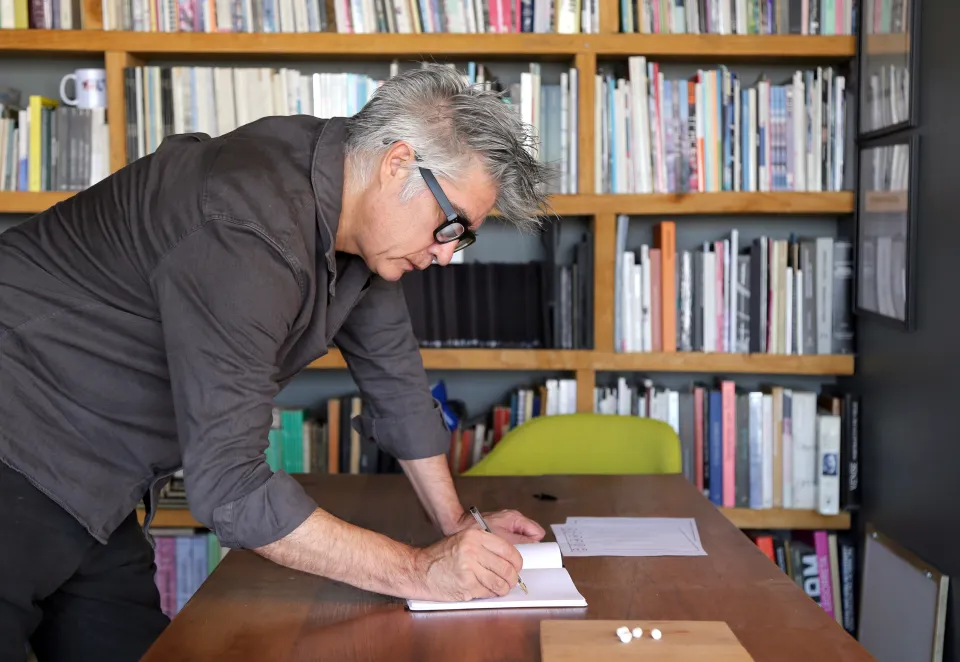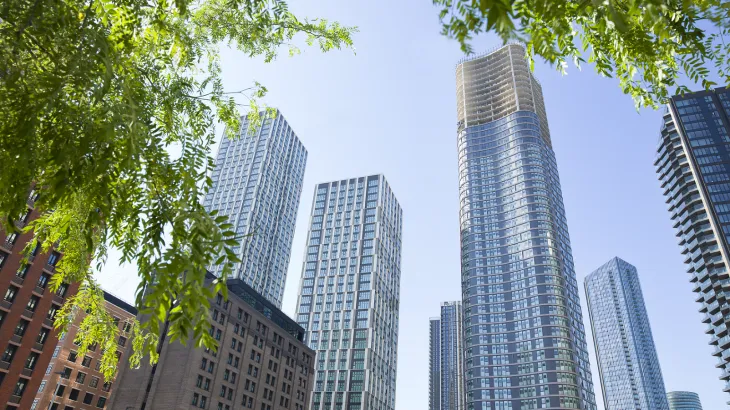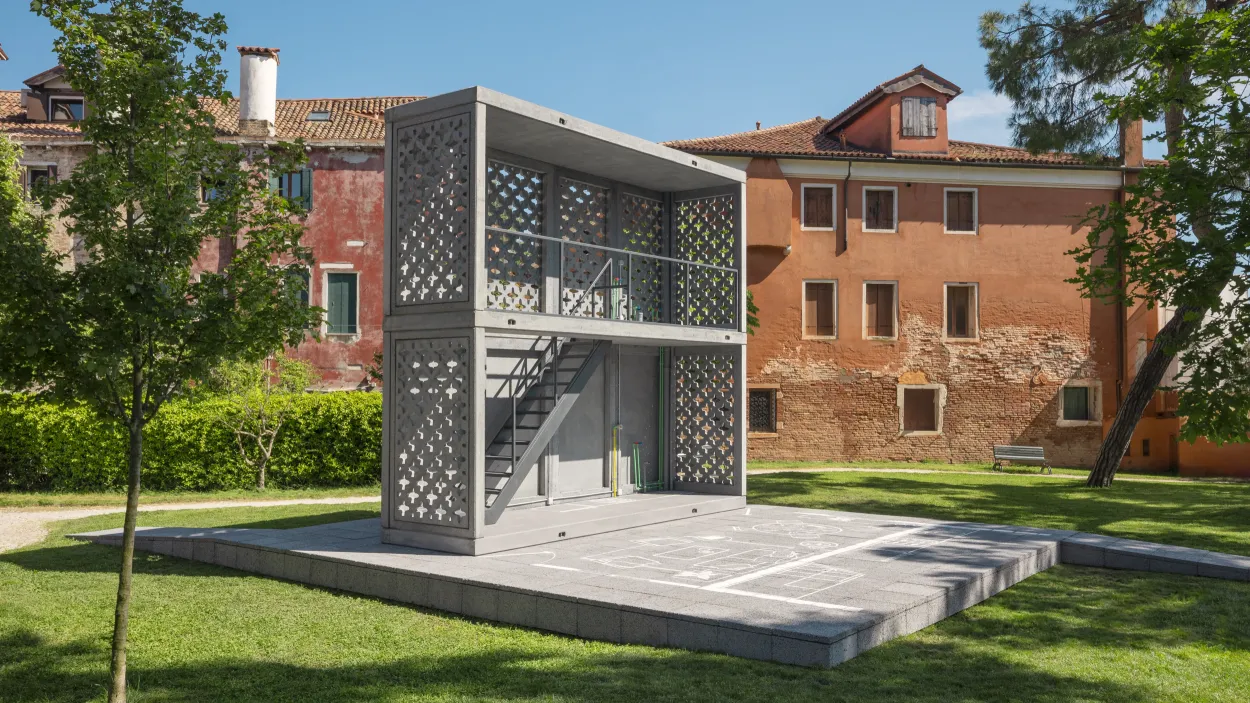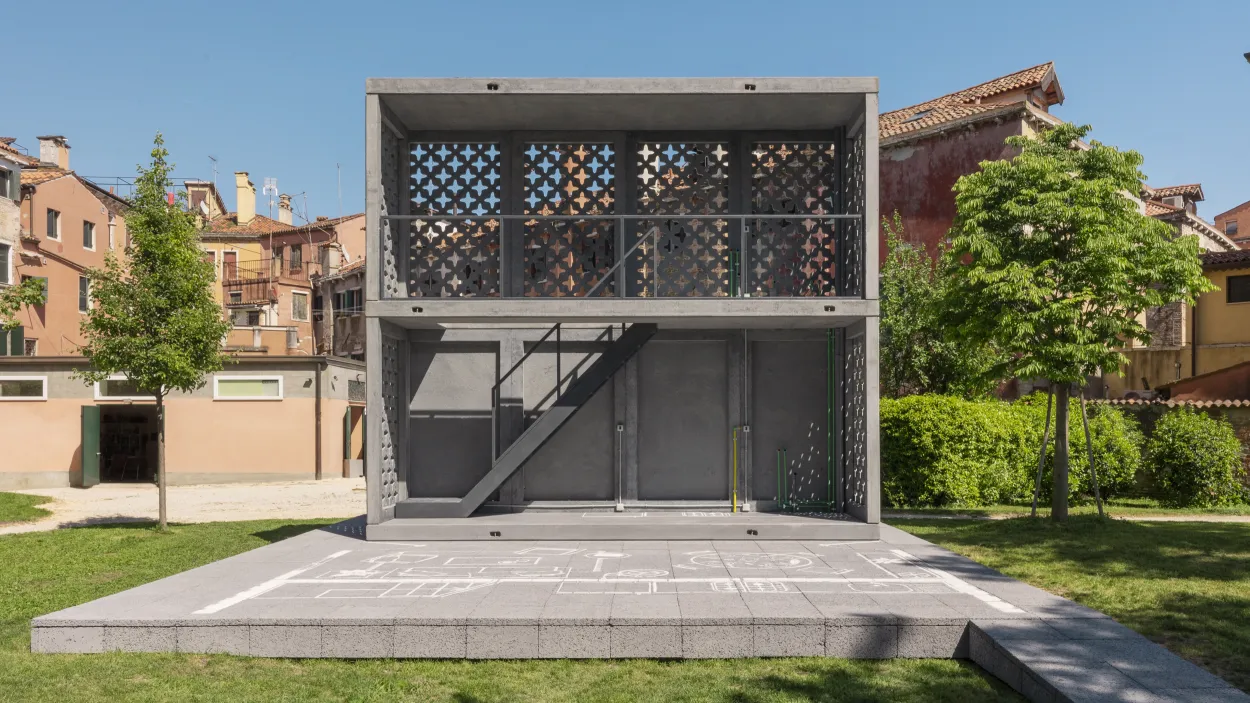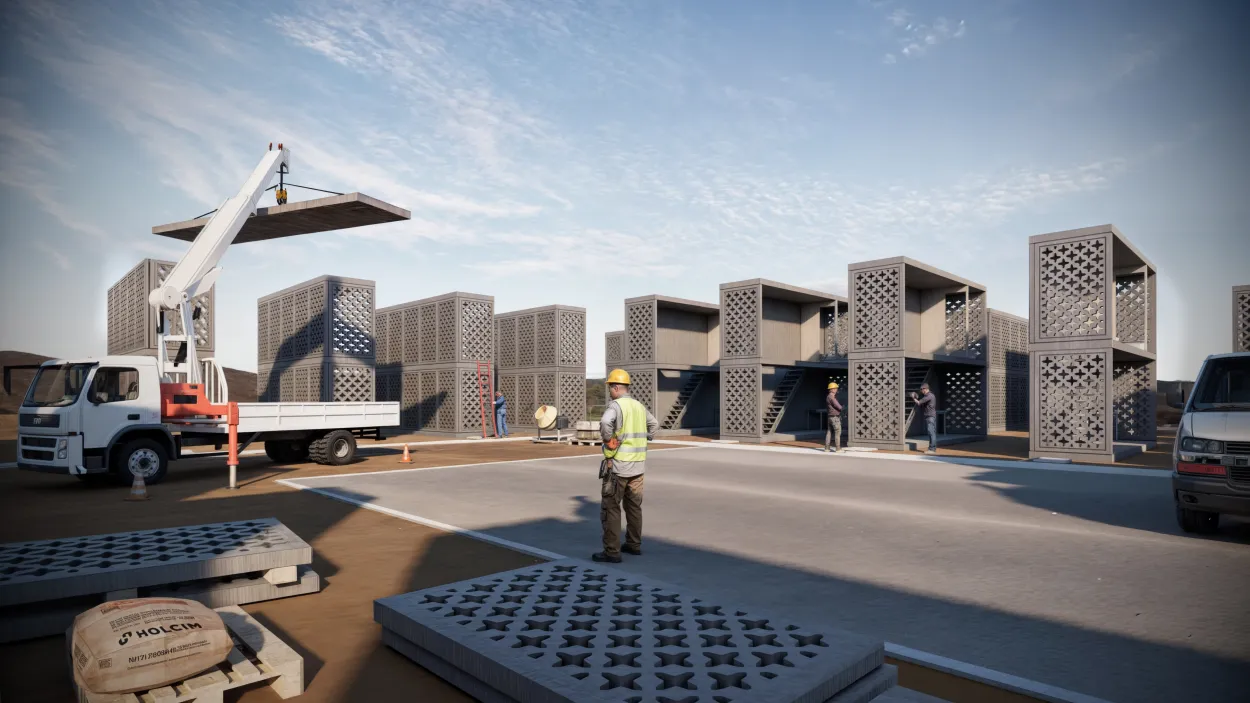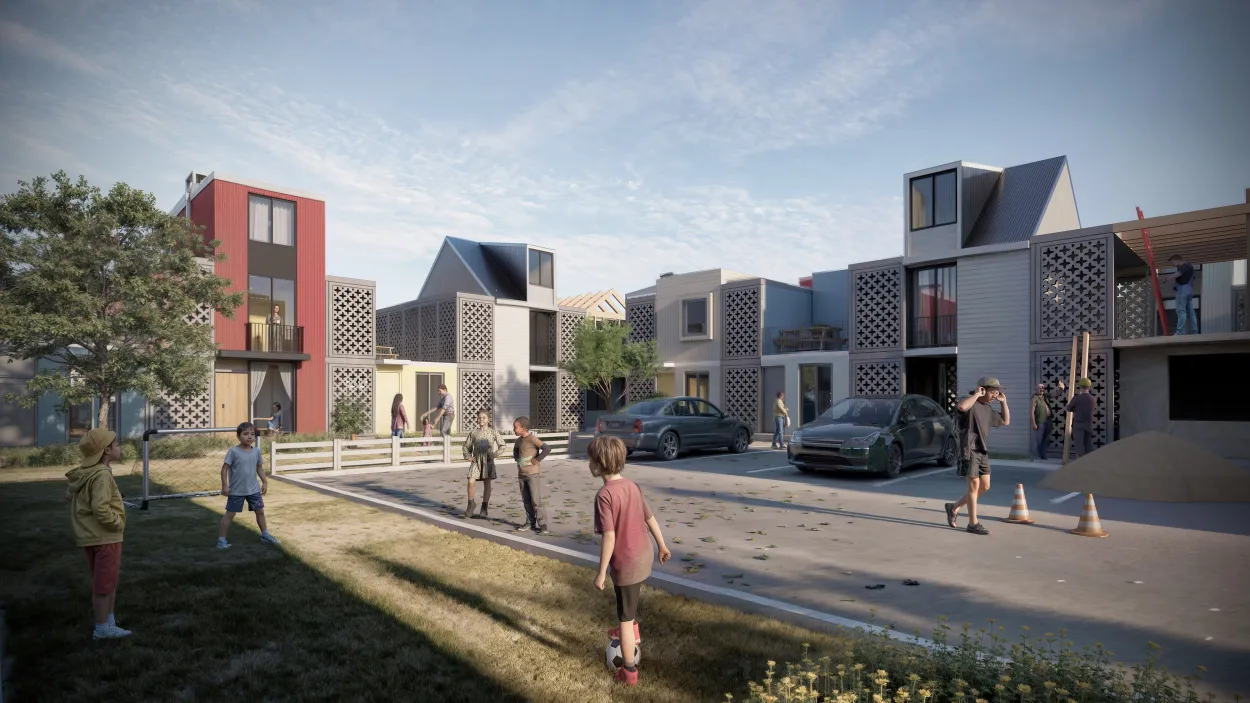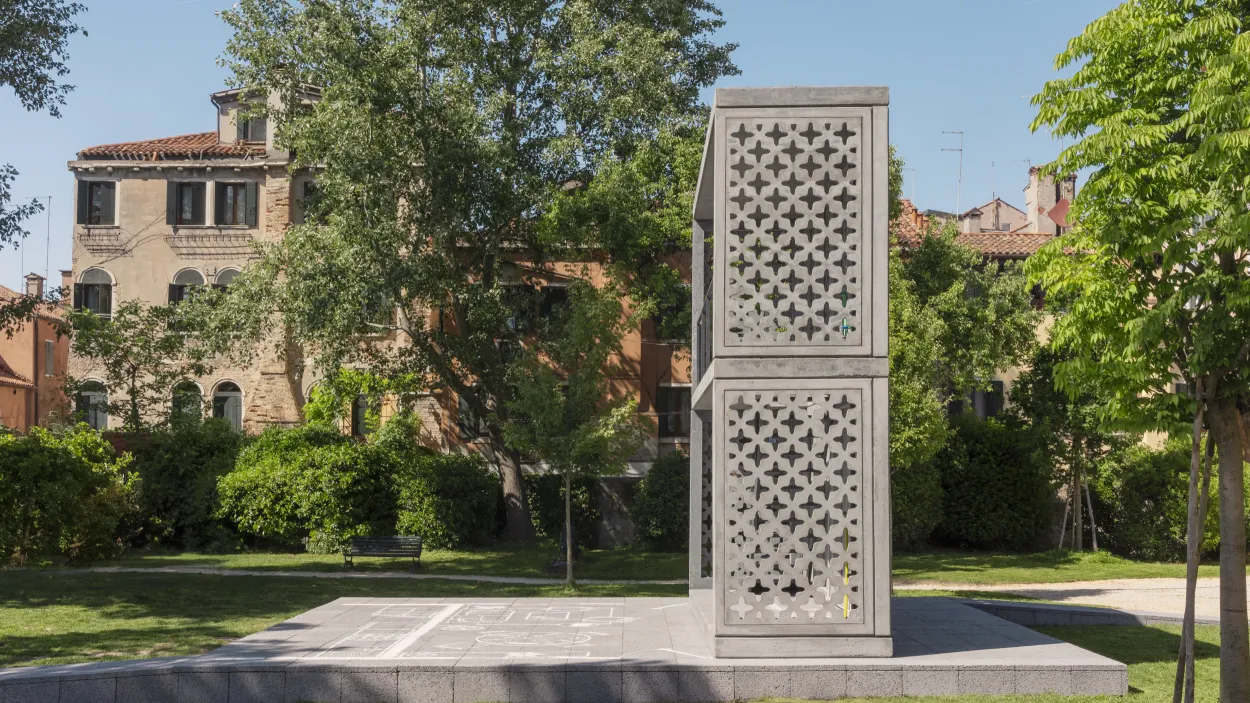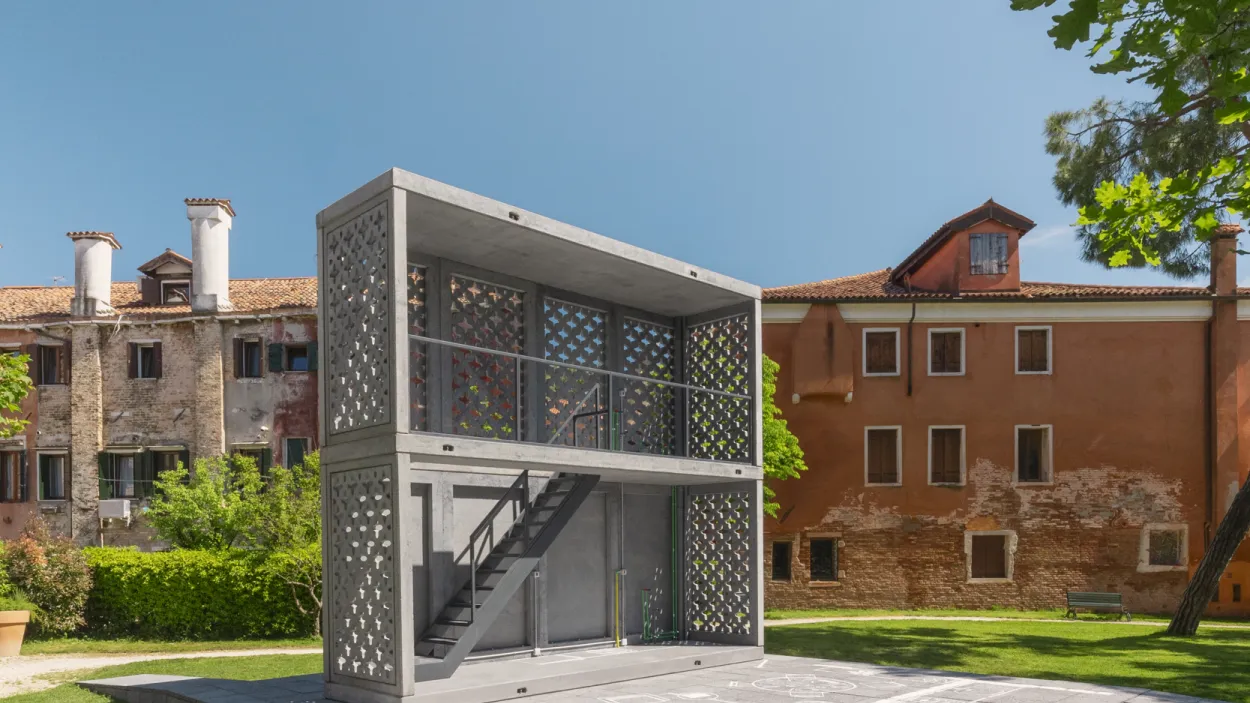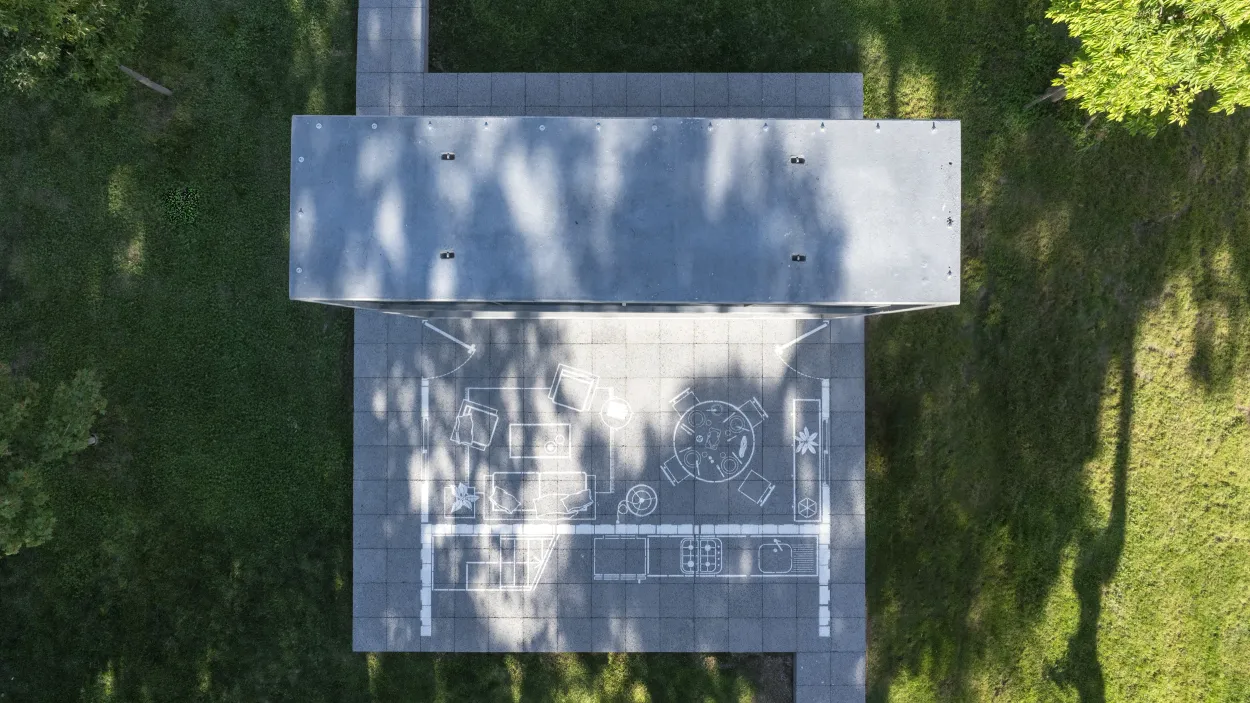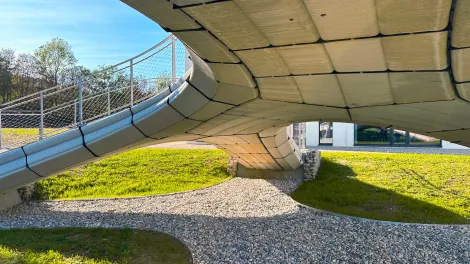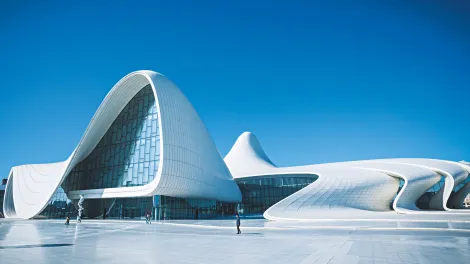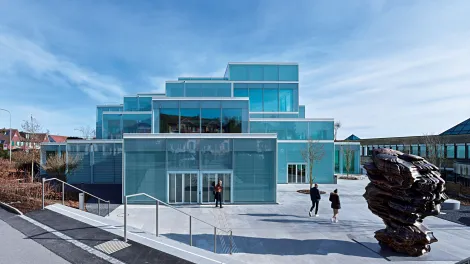The world is building the equivalent of Madrid every week as the global population grows and urbanizes, while there is a desire for better living standards. These global megatrends are driving demand for innovative and sustainable building solutions.
As the leading partner for sustainable construction, Holcim is pioneering innovation in our sector to bring game-changing solutions tailored to our customers’ most ambitious needs.
Holcim is partnering with Pritzker Prize-winning architect Alejandro Aravena and his firm ELEMENTAL to present a new biochar technology that transforms buildings into carbon sinks.
Holcim and ELEMENTAL are using this carbon sink technology for the first time in a full-scale Basic Services Unit housing prototype, presented in Venice during the 2025 Architecture Biennale.
The project follows the principle of incremental design, which entails fast and efficient construction through the provision of essential housing components, while empowering people to finish building their homes themselves. Such a model has been built more than 4,000 times in Latin America over the past 20 years.
In Venice, ELEMENTAL presents this concept at its core: a 21m2 unit featuring a kitchen and bathroom that can be rapidly built using precast panels and modular systems.
Holcim’s specially-created net zero* biochar concrete also incorporates circularity, with 100% recycled aggregates inside.
*scope of concrete production phases (A1-A3) in Life Cycle Assessment. Assumes average transportation distance of 300km for cement and filler & 100km for aggregates.
The biochar carbon sink technology adds to Holcim’s range of innovative solutions, from sustainable building materials ECOPact and ECOPlanet, to its circular technology ECOCycle®, all the way to Elevate’s advanced roofing and insulation systems.
We will showcase the project from May 6 to November 23, 2025 as part of the Time Space Existence exhibition, organized by the European Cultural Centre.
BIOCHAR TECHNOLOGY
advancing decarbonization in the built environment
At end of life, organic matter releases CO2 into the atmosphere. By converting it into a charcoal-like material called biochar through pyrolysis, we can permanently sequester carbon that would otherwise have been released as CO2.
Acting in this way as a carbon sink, biochar can be added to low-carbon formulations of building materials including cement, mortar and concrete to further reduce their CO2 footprint, with no compromise in performance.
One kilogram of biochar prevents the release of up to 3kg of CO2. In addition, biochar contributes to the circular economy by allowing us to recycle organic materials.
According to the Intergovernmental Panel on Climate Change, biochar has the global potential, across all industrial applications, to eliminate 2.6 billion tons of CO2 per year. That is the equivalent of taking 565 million passenger cars off the road for a full year.
With biochar’s application in agriculture already proven, its use in the construction industry holds significant promise. Holcim is carrying out pilot projects in different countries, to help its customers meet their sustainability ambitions, with no compromise in performance.

In Venice, we are bringing incremental housing to its core: a structural sanitation unit using precast panels takes care of the basic needs of inhabitation. Holcim’s new decarbonization technology allows us to address the scale and speed of the housing crisis' demand without putting a strain on the environment.
Architects testimonials
Architects, engineers and influencers of the construction industry inspire us everyday to build progress for people and the planet. Discover their opinions on the biochar carbon sink technology





